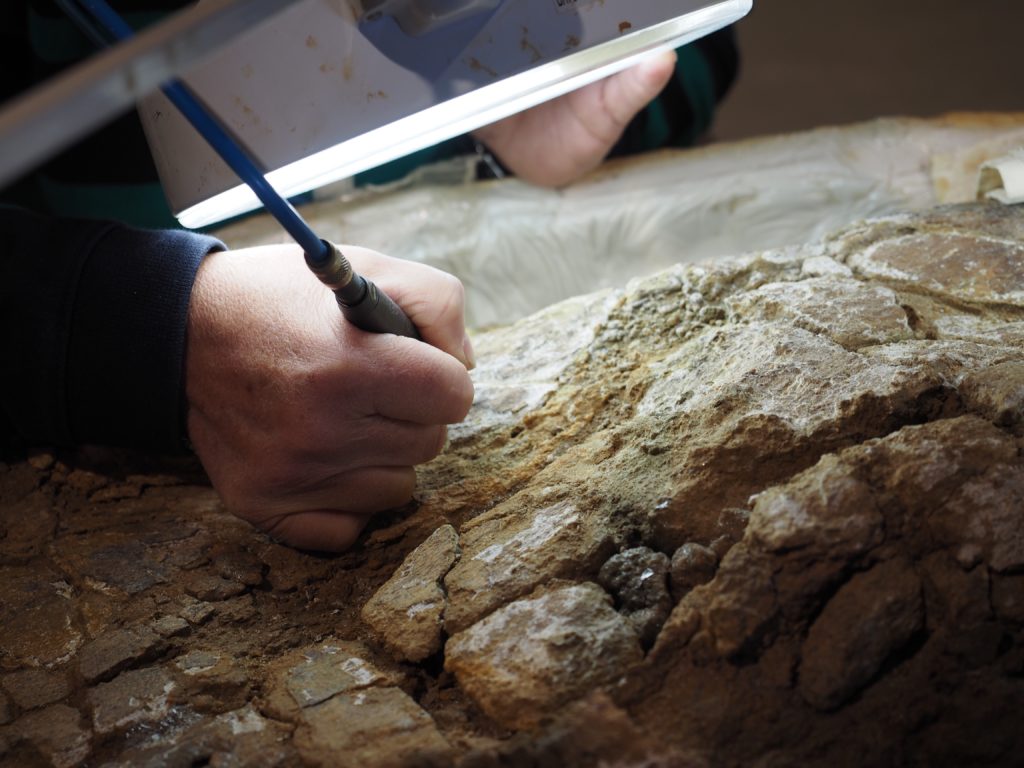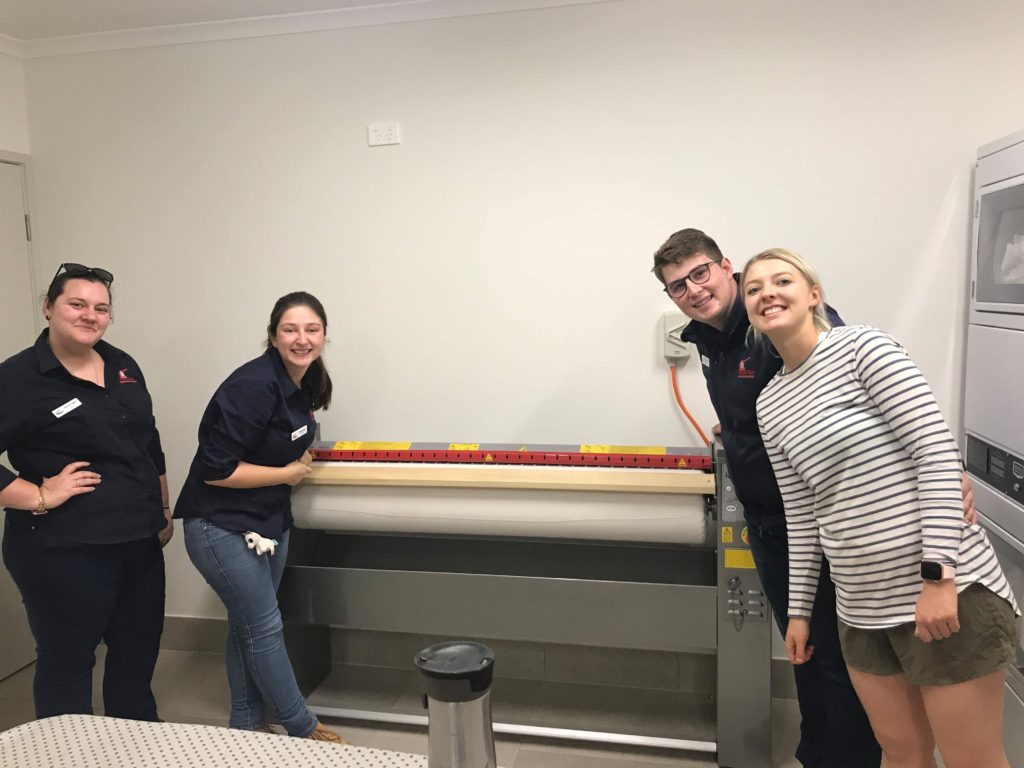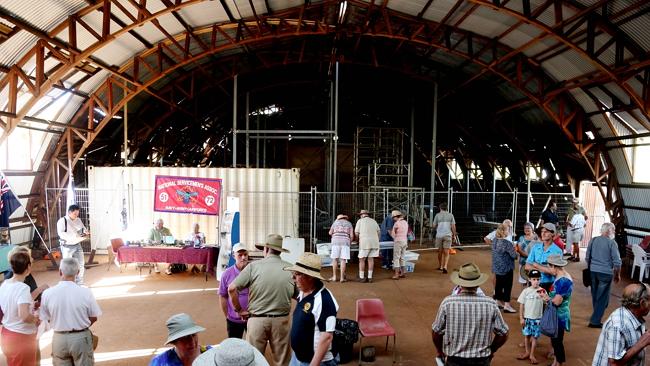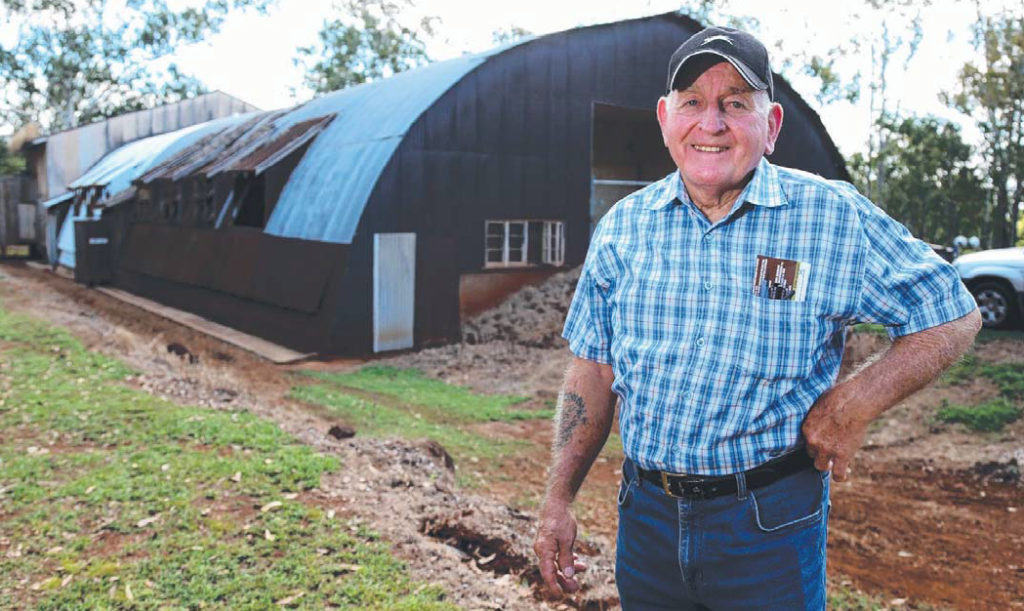Foundation for Rural & Regional Renewal (FRRR)
Located 1,000 km from Brisbane in the southwest of Queensland, Eromanga has a big claim to fame. The rural town, hidden deep in the outback of Australia, may only be 119 residents – but the biggest by far is Cooper, a 30 metre long and 6.5 metre high Dinosaur.

Eromanga is Australia’s furthest town from the ocean, and was drought declared for 13 years out of the 18 years to 2018. The many challenges brought on by a long drought, paired with the limited access to the town, have made increasing tourism a top priority for the local community.
Until recently, tourism around the region was almost non-existent, until the first dinosaur genus was found in 2004. From then, the Outback Gondwana Foundation founded the Eromanga Natural History Museum (ENHM), and since 2008 has been collecting and processing the fossils found in the area for locals, scientists and tourists to view.

The museum features fossils that have been preserved for more than 95 million years, however being located in a remote area has meant little foot traffic. Visitors faced long travel times to and from the museum, making day trips nearly impossible.
To overcome this obstacle, the Museum opened their own on-site accommodation, bringing more business to the area by allowing visitors to stay longer. Cooper’s Country Lodge offers four-star rooms, and thanks to a recent grant from FRRR, now has new kitchen and laundry facilities for their guests to enjoy.

The team at ENHM received a $20,000 grant through FRRR’s Tackling Tough Times Together program, funded by Australia Post, which allowed them to purchase equipment and fit out their onsite kitchen, laundry and support services. There is also a commercial kitchen featuring a microwave, griddle, deep fryer and new cookware, together with dining furniture and outdoor table & chairs.

The investment is already paying off. Despite the lockdowns and travel restrictions throughout the COVID-19 pandemic, the popularity of the ENHM and Cooper’s Country Lodge has only increased, as Queenslanders have spent their holidays travelling in their own backyard. In 2020, the ENHM received the TripAdvisor Travellers Choice Award, meaning the Museum is in the top 10% of attractions worldwide.
The provision of a fundraising account was just the boost the Atherton Rotary Club needed to give a historic military igloo built in the 1940s as part of the war in the Pacific.
The town of Atherton in the Tablelands Region, Far North Queensland and its surrounds were key in Australia’s World War II effort, the location of a major war cemetery, general hospitals, military camps and ordinance depots. Around 100,000 military personnel were stationed in the region at the height of the war in the Pacific between 1943 and 1945 as the Japanese threatened to invade Australia.
The igloo, built in 1943, provided an essential space for social activities hosting entertainment events for thousands of patients and staff from the neighbouring Rocky Creek Hospital. Six of the structures were built originally with the one in Atherton the last still standing.
Falling into disrepair, the Atherton Rotary Club drove a fundraising campaign, using the FRRR fundraising account and a $20,000 grant from the Culture, Arts, Tourism and Community Heritage(CATCH) grants program to restore the facility and create a military museum.
Getting the igloo to lock-up has been a major undertaking, with the funds contributing to dressing rooms for the theatre stage, lighting, emergency exits, major floor repairs including restumping, and a stainless-steel kitchen for the use of hirers in the future.
Jo Barnes from the Atherton Rotary Club said that the igloo’s revitalisation was a “great relief to Rotarians involved in what at first appeared to be a huge, maybe impossible, undertaking,” she said.
“The builders are proud of their achievement in bringing it together and having the opportunity to work on a building with so much local and Australian significance.” “Visitors are intrigued, excited and challenged to remember what their past relatives have said to them about being at Rocky Creek during the war.”



